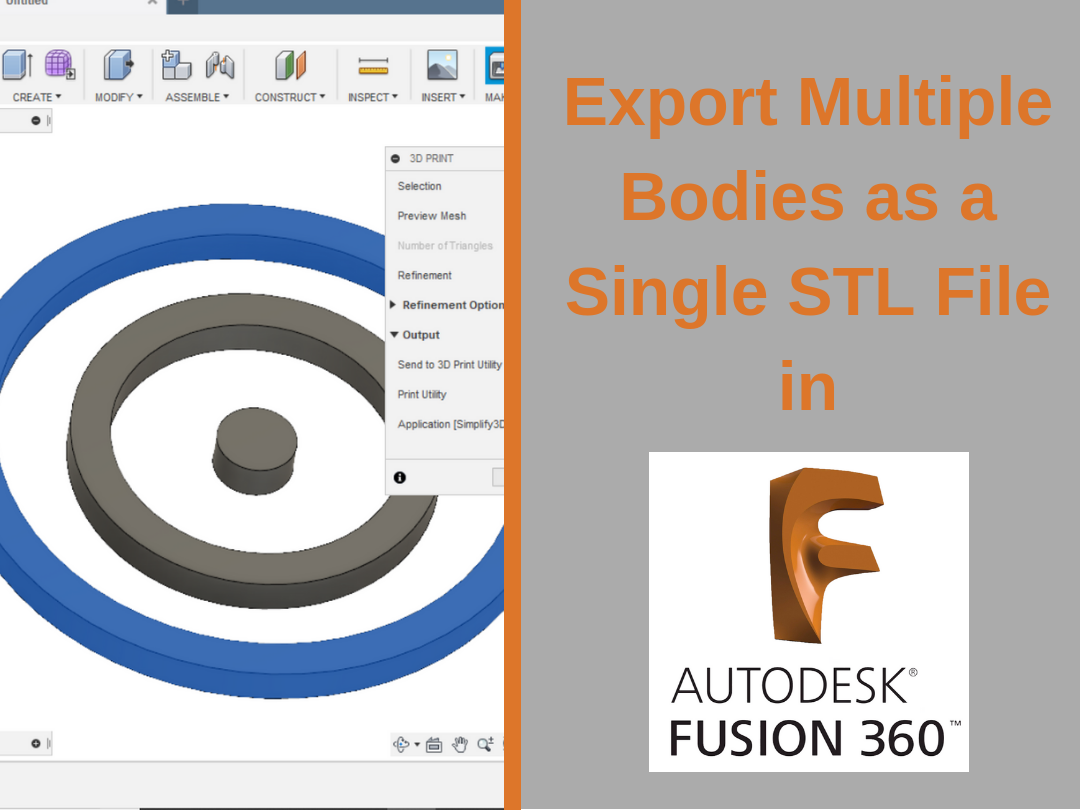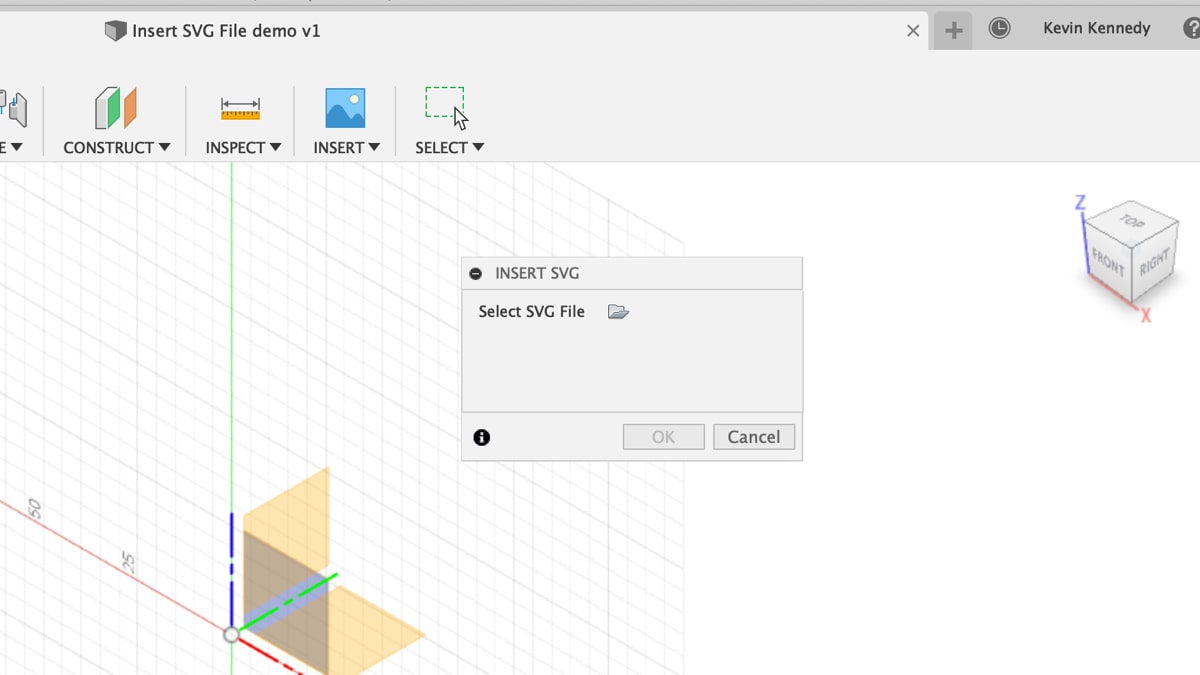

As sonication utilizes acoustic energy, several variables influence the interactions between nanoparticles and membrane vesicles in co-suspension 18, 19. The disruptive forces generated by sonication lead to the spontaneous fusion of nanoparticles with membrane vesicles to form a core–shell nanostructure 3. We argue that with careful optimization of variables to control for reproducibility, the advantages of sonication outweigh the disadvantages, as a low yield is prohibitive for functional assays and in vivo studies. Advantages of sonication include higher yield and no material lost as syringe dead volume, which is in stark contrast to the low throughput nature of extrusion 6, 17. Samples obtained with extrusion are free from contaminants that are greater in size than the well-defined pores, and they are monodisperse in size with high batch-to-batch reproducibility 15, 16. Advantages of extrusion include a high degree of control and reproducibility, due to the syringe-based construction of commercial extruder devices.

Thus, despite advances in alternative methods for membrane coating onto NPs, extrusion and sonication remain the most frequently used.Įxtrusion and sonication employ physical principles (shear force and acoustic force, respectively) to either deform or rupture membrane vesicles and allow them to reassemble around cores in an energetically favorable process 14. Microfluidic devices facilitate streamlined mixing of membrane vesicles and NP cores however, exogenous force in the form of sonication 13 or electroporation 12 is required for complete coating of NP cores. When methods such as electroporation or microfluidics are employed, sonication and/or extrusion are still necessary for top-down preparation of unilamellar membrane vesicles from source cells 12, 13. Of these methods, extrusion and sonication are most frequently used. Several methods can be used to fuse membrane material onto nanoparticle cores, including extrusion 7, 8, sonication 9, 10, 11, electroporation 12, and microfluidic platforms 13. For these reasons, cell membrane cloaked, or biomimetic, nanoparticles have seen an influx of recent interest as a targeted drug delivery system 6. In addition, retained transmembrane proteins enable active targeting to inflamed or diseased tissue 4, 5. polyethylene glycol) to achieve increased systemic circulation, coating with cellular membranes allows for enhanced avoidance of the host immune response 2, 3. Unlike coating with biocompatible hydrophilic polymers (e.g. Top-down functionalization of nanoparticles with cell membranes imparts several key properties to particles that facilitate systemic administration and targeted drug delivery 1.


 0 kommentar(er)
0 kommentar(er)
